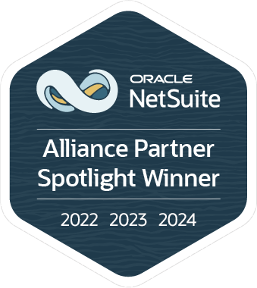
3 Reasons Every Solar Company Needs a Cloud ERP

The solar industry is in the middle of a growth spurt. By 2023, the world will have over 1 terawatt of solar capacity installed. That’s enough energy to cover roughly one-third of the U.S.’ total energy consumption. And with millions of Americans choosing clean technology to power their lives, the total volume of solar energy connected to the electric grid has growth by more than twenty-fold since 2008.
As demand for solar has grown, so too has demand for reliable solar manufacturing and installation services. This, in turn, has created some growing pains for the small startups, midsized firms, and multibillion-dollar solar companies that rely on QuickBooks, Excel spreadsheets, and disparate technology systems (e.g., HubSpot, customer relationship management software, or Google geolocation services).
3 Reasons to Use Cloud ERP
With a unified, cloud ERP in place, solar manufacturers and installers can intertwine their financials with activities like job costing, sales commission management, project milestone tracking, and permit management. Here are three critical business processes that cloud ERP effectively manages and streamlines for solar companies:
1. Chart, permit, and contract management
Solar companies have to juggle different architectural tools, CAD drawings, and other documentation. They need a place to store these files, link them to specific projects, and then access them as needed. “Many times they’re just using Amazon Web Services or Google Drive to manage this aspect of the project, and to store documents and drawings” said Omar Palacios, Co-founder and CEO at NetSuite strategic partner Bring IT.
These manual approaches are not only labor-intensive, but they’re also error-prone and inefficient. Because their systems aren’t integrated, solar companies can’t readily transfer the charts, permits, contracts, and other documents from one solution to the next. By creating a direct integration between NetSuite and Amazon Web Services, Google Drive, or another document management system, Bring IT helps solar installers consolidate their activities.
2. Project management and milestones
Depending on the state and/or municipality where the solar company is operating, it will use different project milestones and revenue recognition methods (e.g., 25% of the project fee due for completing the system design, 25% for installing the infrastructure, and the balance for testing and inspecting the system, etc.). Some customers may make monthly payments over a 30-year period—a payment plan that directly impacts how solar companies recognize their revenues.
Managing multiple project milestones across dozens (or hundreds) of different installations can be mind-bending for the company that doesn’t have a central database and unified enterprise system in place. The company that uses one piece of disparate software for project management and another for job costing, for example, will have to cobble together the information from both systems manually and then use it for milestone-tracking. Bring IT provides a direct integration between those solutions and NetSuite, which not only manages the milestones but also links all project information to the solar company’s financials.
3. Sales commission management
Solar installers pay out commissions based on how long it takes to complete a project (60 or 90 days, for example), the number of kilowatts that they’re installing (i.e., how much energy can be stored by the solar panels), or a combination of the two. Each company uses its own approach, which means there’s no uniform way to pay and receive commissions; it’s a highly customized detail that all companies are impacted by.
With NetSuite as the foundation, Bring IT has created a sales commissions engine that helps solar companies manage these commission complexities in an automated way that can’t be achieved using spreadsheets. “A lot of solar companies handle this process manually in Excel; they have a lot of macros and data coming from different systems,” said Palacios. “Once everything is in NetSuite, and we have installed our commissions engine; the financial department has a much easier time paying out commissions.”
By blending solar-specific project management, job costing, and commission management capabilities with NetSuite Cloud ERP, Bring IT addresses its customers’ individual requirements and delivers an implementation model built for the solar industry.

All Rights Reserved




US Headquarters
600 Park Offices Drive, Suite 300
Durham, NC
27709, United States
Mexico
Av Union 163, 10th floor
Colonia Americana,
Guadalajara, Jalisco, Mexico
Colombia
Cra 13 #90-17
Piso 7 Oficina 97
Bogotá, Colombia
Brazil
Av Nacoes Unidas, 14.261 - Torre A - Piso 5
Sao Paulo - SP - Brazil
Spain
Avenida de Príes, 32
CP 29016 Málaga, Spain
Philippines
1406 Centerpoint Bldg
Garnet Road, Ortigas Center, Pasig City, Metro Manila Philippines
Netherlands
Emmasingel 33 5611 AZ,
Eindhoven, Noord-Brabant Netherlands
Panama
Calle 63A - 31
Urbanización Los Angeles,
Corregimiento de Betania,
Provincia de Panama. Panama
Connect with us!



